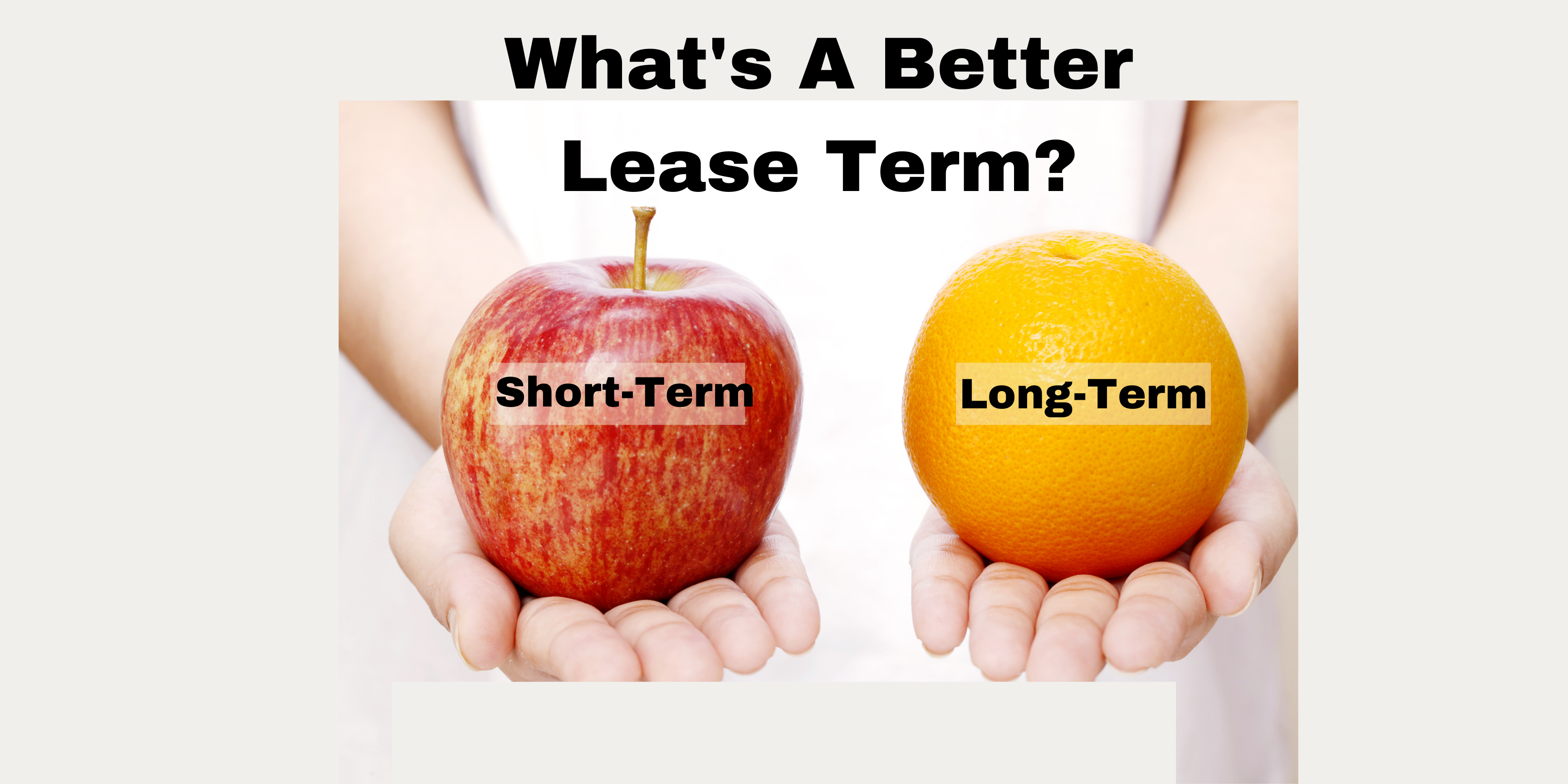this is a page for
Daily Archives: January 18, 2022
Landlords tend to have firm opinions on this subject! However, not all rentals are alike. When deciding if they want to manage long-term vs shorter termed leases, these are some factors Landlords need to consider:
- Rental Housing Type: single-family homes vs. multi-family units.
- Location: Downtown living is much different than living in the burbs.
- Financial Outlook: Is this rental a long-term hold?
- Time to Manage: Another 9-5 job, age, and team dependability are factors.
Let’s take a deeper look into each of the above points.
Rental Housing Type
The Single Family House
Single-family homes seem to be a common first step for entering the real estate investment market. The upside to owning a single-family home is that when renters move in, they are likely to stay put until they save enough for a home of their own or need to move out of the area. The idea of having a garage for the hot-rod and a yard for the kids and dog to run around in is appealing. As landlords, you can also usually require a longer lease upon entry, typically two years. Note: if you select this option, do yourself a favor and build an automatic rent increase of at least 5% (or max rent control allows) after the first year.
The downside is that once you sign them into a long-term lease, it is challenging to get them out. Now, this will depend on if your rental is in a tenant-friendly state, how well you vetted their application, and how detailed your lease is. Let’s look at the following scenario:
Tina the Tenant
This tenant applies to rent your single-family rental. Tina makes plenty of money to cover the rent, has a concrete reason for wanting to live in your neighborhood, has excellent credit, and positive previous landlord referrals. You don’t even mind that she says she has a sweet little chihuahua. It should be a slam dunk, so you approve her application for a two-year lease because you are anxious to get the income flowing in.

